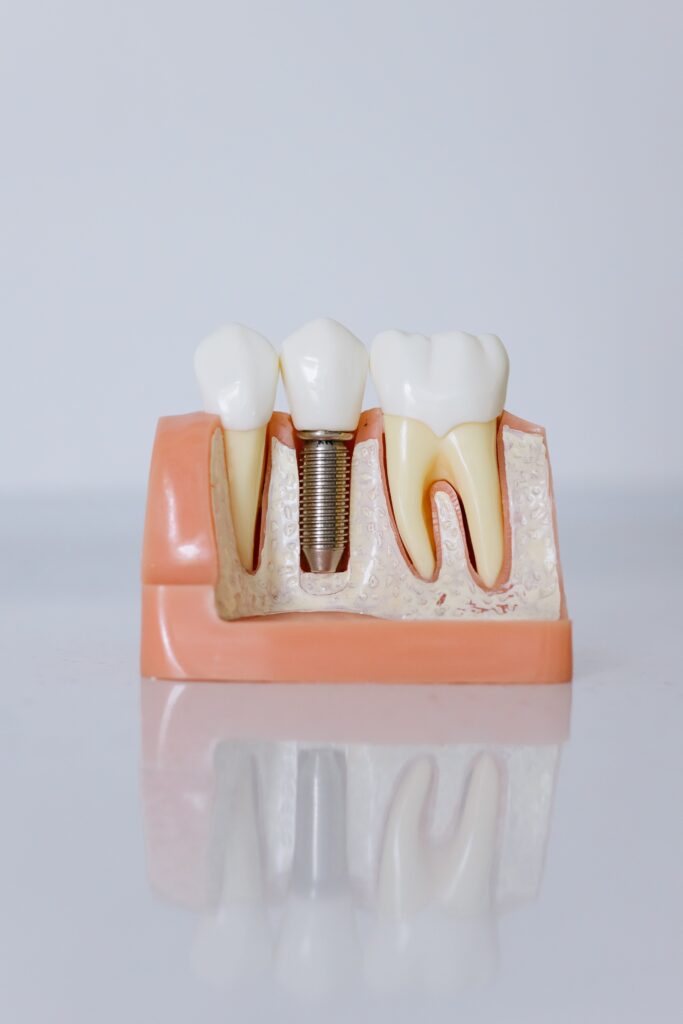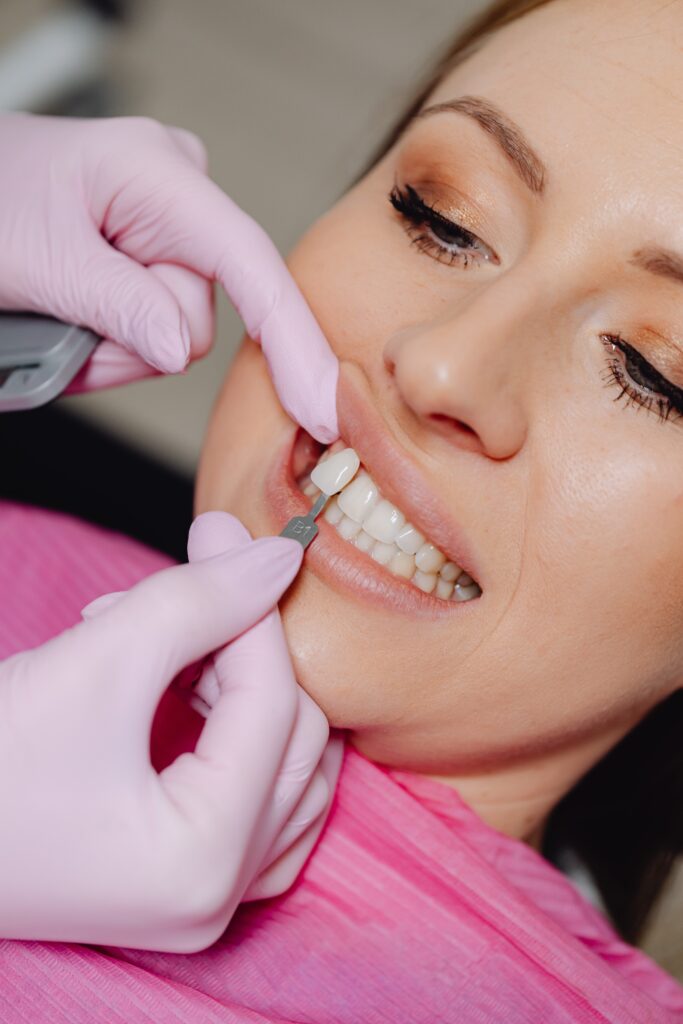Introduction:
Minimally Invasive Dentistry (MID) is a groundbreaking approach that prioritizes the preservation of natural tooth structure while delivering effective dental care. MID leverages advanced techniques and technologies and focuses on preventing and treating dental issues in the most conservative and least intrusive manner possible. Let us delve into the world of minimally invasive dentistry and explore its benefits, techniques, and impact on oral health.
What is Minimally Invasive Dentistry:
Minimally Invasive Dentistry involves a fundamental change in dental practice, that moves away from traditional aggressive treatments towards a more conservative and patient-centric approach. It emphasizes early detection, prevention, and interventions that aim to conserve and maintain natural tooth structure.
The Advantages of Minimally Invasive Dentistry:
By prioritizing minimal intervention, MID offers numerous advantages for both patients and dental professionals. This approach not only minimizes discomfort and post-operative pain but also reduces the need for extensive drilling, injections, and removal of healthy tooth structure. This preservation of tooth enamel enhances long-term oral health, durability, and aesthetics.
Key Techniques in Minimally Invasive Dentistry:
MID incorporates a range of innovative techniques that allow dentists to diagnose, treat, and restore teeth with precision and minimal invasiveness. Some notable techniques include air abrasion, which uses a high-pressure stream of air and fine particles to remove decay without the need for traditional drilling. Another technique is the use of dental lasers, which offer precise and painless treatment options for various dental conditions.
Advanced Technologies Empowering Minimally Invasive Dentistry:
The advent of advanced technologies has significantly contributed to the success of minimally invasive dentistry. Digital imaging and 3D scanning enable precise diagnosis and treatment planning, reducing the guesswork and ensuring targeted interventions. Additionally, adhesive dentistry techniques and biomimetic materials provide durable and aesthetically pleasing restorations that closely mimic natural teeth.
The Impact on Oral Health and Patient Experience:
Minimally invasive dentistry not only preserves tooth structure but also promotes long-term oral health. By focusing on preventive measures, early intervention, and patient education, MID helps patients maintain optimal oral hygiene and prevent the progression of dental issues. Patients also benefit from reduced treatment time, faster recovery, and enhanced comfort during procedures.
Challenges and Limitations:
While minimally invasive dentistry offers numerous benefits, it is important to acknowledge its limitations. Some complex dental conditions may still require more invasive treatments. However, by adopting a comprehensive and individualized approach, dentists can determine the most appropriate and conservative treatment plan for each patient.
Conclusion:
Minimally invasive dentistry represents a significant shift in dental practice, prioritizing conservative approaches that preserve natural tooth structure. Through the integration of advanced techniques and technologies, this patient-centric approach ensures optimal oral health outcomes while minimizing discomfort and invasiveness. As dentistry continues to evolve, embracing minimally invasive dentistry empowers both patients and dental professionals to achieve superior results and maintain healthy, beautiful smiles for years to come.





